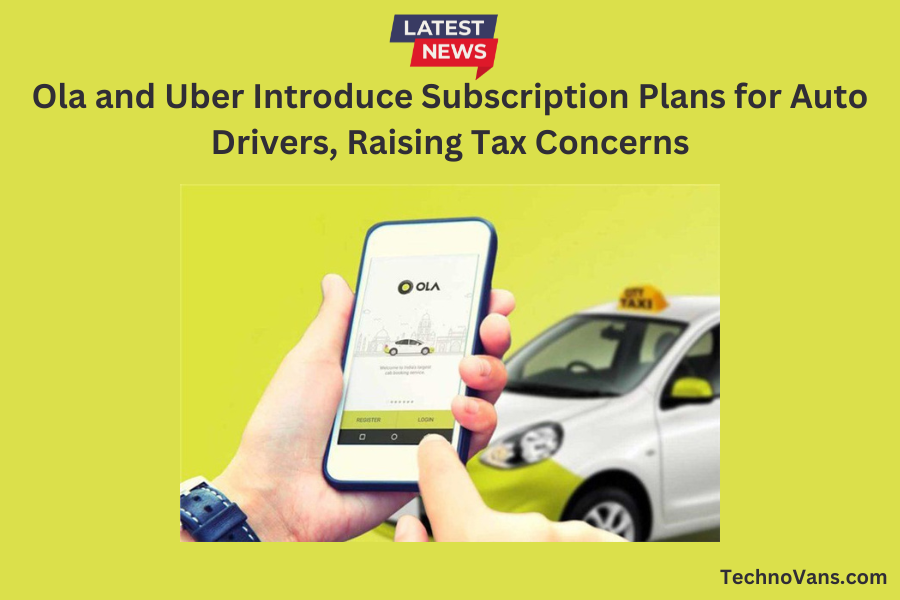Ola and Uber Introduce Subscription Plans for Auto Drivers, Raising Tax Concerns
Ride-hailing giants Ola and Uber have launched subscription-based plans for auto-rickshaw drivers, aiming to change their revenue models and address tax regulations.

Over the last few weeks, Ola has introduced the subscription model for its auto-rickshaw drivers across key markets such as Delhi-NCR, Mumbai, Bengaluru, and Hyderabad
Innovative Revenue Models Introduced
In a strategic move to revamp their revenue models and comply with tax regulations, Ola and Uber have unveiled subscription-based plans for auto-rickshaw drivers on their platforms. This initiative follows the footsteps of competitors Namma Yatri and Rapido, offering drivers an alternative to the traditional commission-based fees.
Rollout in Key Markets
Reports indicate that Ola has started implementing the subscription model in major markets like Delhi-NCR, Mumbai, Bengaluru, and Hyderabad. Meanwhile, Uber has introduced similar plans in six cities, beginning with Chennai, Kochi, and Visakhapatnam.
Shifting from Commission-Based to Subscription Model
Unlike the conventional commission-based system where platforms charge a percentage of each transaction as a booking fee, the subscription model involves fixed daily or weekly charges for unlimited rides. This change could potentially help Ola and Uber avoid the 5% Goods and Services Tax (GST) applicable to auto-rickshaw rides facilitated through their platforms.
Tax Disputes and Regulatory Challenges
However, tax experts express concerns about potential disputes with tax authorities due to ambiguity regarding the applicability of a September 2023 advance tax ruling. This ruling exempted Namma Yatri from GST obligations. Experts emphasize the importance of distinguishing between platforms that connect drivers and passengers and those that actively facilitate transactions, as per tax regulations.
Tax Obligations and Classification
Under Section 9(5) of the Central GST Act, e-commerce operators must collect and remit tax on behalf of service providers listed on their platforms. By adopting the subscription model, Ola and Uber aim to classify their service as Software-as-a-Service (SaaS), potentially changing their tax obligations.
Challenges and Regulatory Clarity
While the subscription model promises cost advantages in a highly competitive market, concerns remain regarding potential consequences and the need for clear tax regulations. Platforms may have to give up control over pricing, and the long-term sustainability of this approach relies on regulatory clarity and industry acceptance.
Anticipating Scrutiny and Policy Reevaluation
As Ola and Uber lead this paradigm shift, tax authorities are likely to scrutinize their actions, leading to a potential reevaluation of tax policies governing ride-hailing platforms. The introduction of subscription-based models highlights the dynamic interaction between innovation, regulation, and market competition in the rapidly evolving mobility sector.
Also Read – Surveyaan: Transforming Drone Surveying



